Industrial telecentric lenses are a type of optical lens currently widely used in the industrial field. They can correct the parallax of traditional lenses and obtain high-precision, low-distortion product images. However, when using an industrial telecentric lens, how to match it with the camera to make it work better?

When matching an industrial telecentric lens, you first need to consider the interface type. The interface is the physical standard for connecting the lens and the camera. It not only corresponds to the bayonet or thread corresponding sizes of different sizes, but also corresponds to the standard flange distance. Telecentric lens interfaces include C-mount, F-mount, M58 -mount, etc. The mount selection should be consistent with the camera mount. If the mount is inconsistent, consider whether an adapter can be added.
After matching the mount, you need to consider the matching of the lens image surface and the camera chip, and try to consider the same specifications. If the image surface diameter of the industrial telecentric lens is larger than the diagonal of the camera chip, waste and field of view loss will occur. If it is smaller than that, problems such as vignetting and black corners will occur in the image.
The second is the choice of camera brand. Because there are certain differences between different camera brands and models, some cameras may not be compatible with certain industrial telecentric lenses. In addition, factors such as the pixels of the camera also need to be taken into consideration in order to better cooperate with the industrial telecentric lens to capture clearer images.
When using an industrial telecentric lens, you need to match a suitable camera, choose a suitable mount, and pay attention to some practical issues. Only by comprehensively considering these aspects and using them rationally can we capture high-quality, high-definition industrial images.
TECHNICAL SOLUTION
MORE+You may also be interested in the following information
FREE CONSULTING SERVICE
Let’s help you to find the right solution for your project!


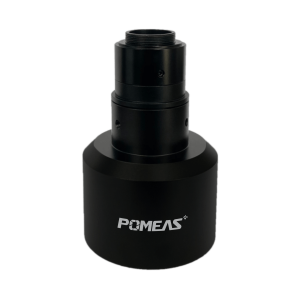
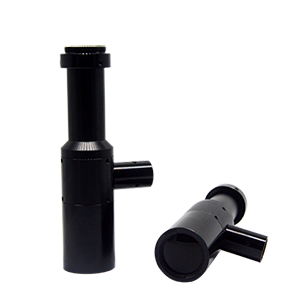
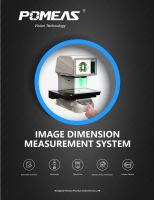


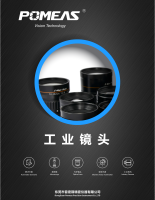

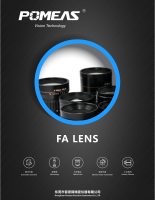
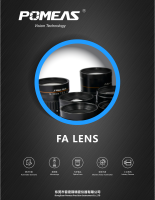
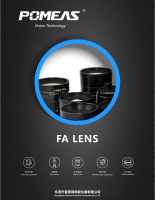
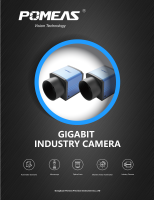
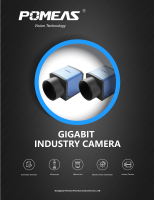
 ASK POMEAS
ASK POMEAS  PRICE INQUIRY
PRICE INQUIRY  REQUEST DEMO/TEST
REQUEST DEMO/TEST  FREE TRIAL UNIT
FREE TRIAL UNIT  ACCURATE SELECTION
ACCURATE SELECTION  ADDRESS
ADDRESS Tel:+ 86-0769-2266 0867
Tel:+ 86-0769-2266 0867 Fax:+ 86-0769-2266 0867
Fax:+ 86-0769-2266 0867 E-mail:marketing@pomeas.com
E-mail:marketing@pomeas.com
